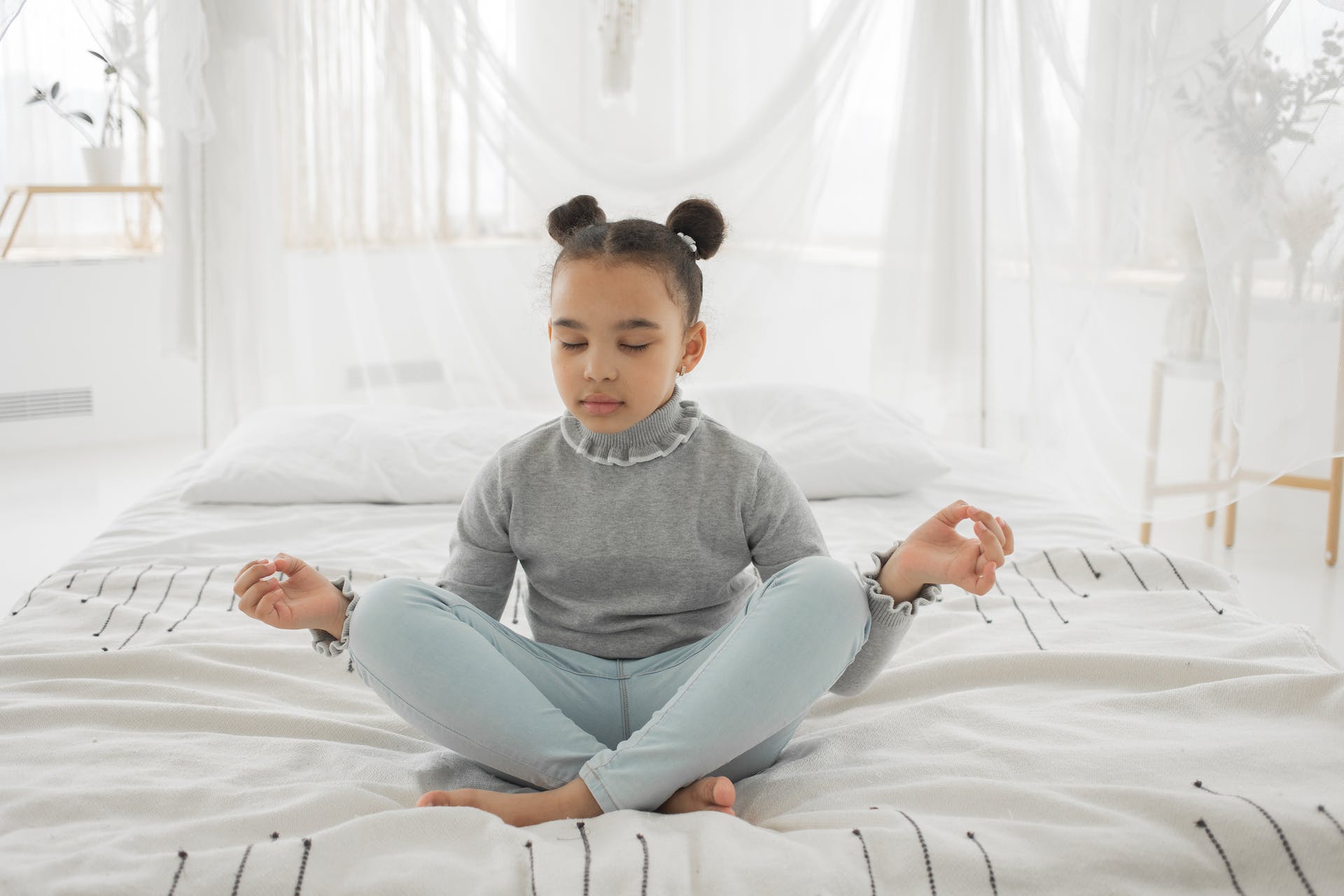
Helping to Calm Your Child with Mindfulness and Relaxation
Ever feel like your little one is on overdrive? All that energy can be adorable, but sometimes, even tiny humans need a way to chill and unwind. That’s where mindfulness and relaxation techniques come in. Introducing them to your child early on can set them up for a lifetime of healthy emotional management.
What exactly is mindfulness?
Think of it like giving your child’s busy brain a mini-vacation. It’s all about helping them pay attention to the present moment without judgment, focusing on their thoughts, feelings, and bodies.
Why is it good for kids?
Just like grown-ups, kids experience stress and big emotions, too. Mindfulness tools can help them:
- Calm down and relax when feeling overwhelmed or upset.
- Focus better in school and during activities.
- Increase self-awareness and understand their own emotions.
- Feel happier and more peaceful throughout the day.
So, how do you bring mindfulness to your little one’s world?
It’s easier than you think! Here are some simple strategies to get you started:
- Breathe it Out: Show your child how to take slow, deep breaths in through their nose and out through their mouth, counting to five each time.
- Body Scan: Help your child lie down comfortably and close their eyes. Ask them to pay attention to different parts of their body, starting with their toes and slowly moving up. Are their toes wiggly or still? Is their tummy warm or cool? This helps them connect with their physical sensations and stay present.
- Five Senses Scavenger Hunt: Head outside or around the house and turn everyday moments into a mindfulness adventure. Ask your child to find five things they can see, four things they can hear, three things they can smell, two things they can touch, and one thing they can taste (safely, of course!). This encourages them to appreciate the little things and be aware of their surroundings.
- Mindful Movement: Playful movement is perfect for little ones. Put on some calming music and encourage them to move their bodies to the rhythm. Maybe it’s swaying like a tree, hopping like a bunny, or tiptoeing like a sneaky cat.
- Story Time with a Twist: Reading calming stories before bed is a great routine, but add a mindfulness twist. Pause at different points and ask your child how the characters might feel, or have them imagine the sights, sounds, and smells in the story.
Remember, keeping it fun, short, and positive is the key.
Don’t force it, and celebrate small successes. The more you practice together, the more naturally these mindfulness skills will become a part of your child’s everyday life.
Bonus Tip: Be a mindful role model. Show your child that you practice mindfulness, too, with your own deep breaths or a moment of quiet reflection. They’ll learn best by watching you.
With some practice and patience, you and your child can embark on a journey of calm and connection, one mindful moment at a time.
For more information like this, please visit AMC blogs.
By: Melissa A. Kay
